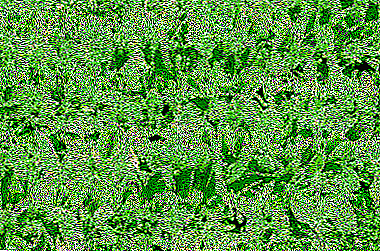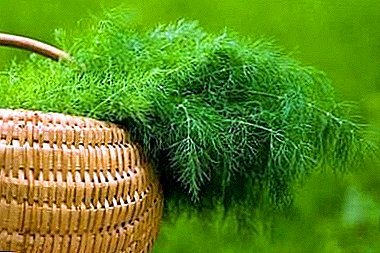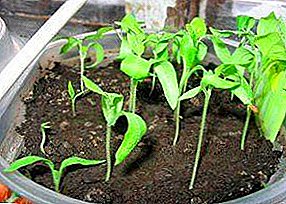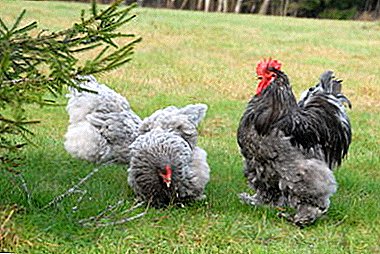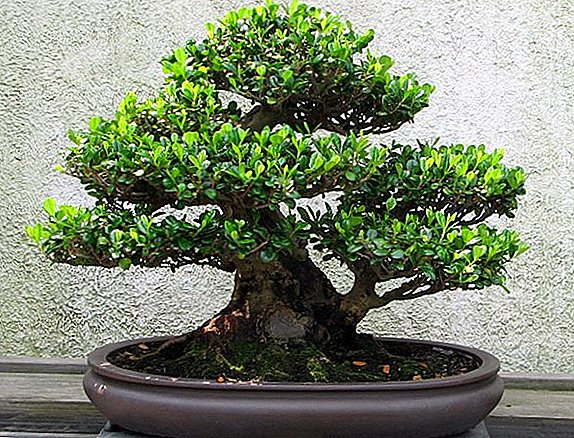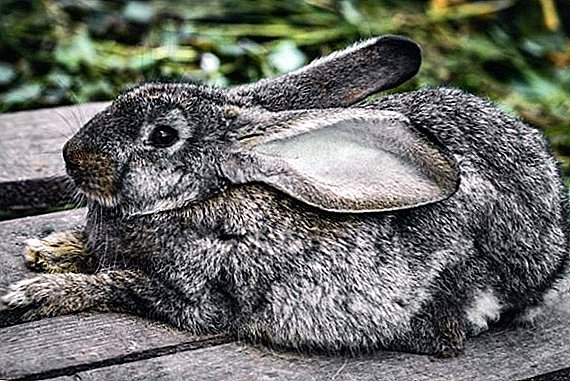 The two-leafed maynik, popularly known as "hare-ears", is a perennial that is common in the middle forest belt of Russia. Its white small flowers have a pleasant aroma, and the rhizome and other parts of the plant are widely used in traditional medicine. In addition to useful properties, this plant also has excellent decorative qualities, allowing it to be used to create miniature bouquets and interior decoration.
The two-leafed maynik, popularly known as "hare-ears", is a perennial that is common in the middle forest belt of Russia. Its white small flowers have a pleasant aroma, and the rhizome and other parts of the plant are widely used in traditional medicine. In addition to useful properties, this plant also has excellent decorative qualities, allowing it to be used to create miniature bouquets and interior decoration.
Description
According to various classifications, the Maynik two-leaved is referred to the Lily of the Valley family or Lily family. There is no consensus among scientists on this issue, since this plant combines features similar to both families. Maynika is a herbaceous plant with a thin creeping rhizome, the stems of which grow upwards from ten to thirty centimeters. In flowering specimens, two successive leaves are observed, in vegetative ones - one.
The flowers of this plant are small, bell-shaped, 3-5 mm in diameter, white in color, with a pleasant odor, consisting of four petals and collected in the apical brush. The beginning of flowering occurs at the end of May and the beginning of June. In the fall, the leaves dry out, and red (sometimes crimson) berries ripen in the place of flowers, which some animals and birds eat as food, as do leaves. Double-leaved Maynik is most common in temperate regions of Eurasia and North America. Most often found in dark and wet forests.
The beginning of flowering occurs at the end of May and the beginning of June. In the fall, the leaves dry out, and red (sometimes crimson) berries ripen in the place of flowers, which some animals and birds eat as food, as do leaves. Double-leaved Maynik is most common in temperate regions of Eurasia and North America. Most often found in dark and wet forests.
Important! Miner berries are poisonous. Their use can provoke a strong heartbeat and shortness of breath.
Composition
Maynik bilustic - a long-known plant in folk medicine. Its medicinal properties are applied in practice for more than one hundred years. The useful substances that make this plant medicinal are contained in its grass, leaves and rhizome, among them are:
- cardiac glycosides;
- saponins;
- coumarins;
- esters;
- organic acids;
- homoserine lactone;
- vitamin C;
- agrimonin;
- tannin acid;
- essential oil;
- vitamin K;
- catecholtamine.

Beneficial features
Traditional medicine has long used the beneficial healing properties of this plant, including:
- anti-inflammatory effect;
- tonic effect;
- antipyretic effect;
- analgesic effect;
- astringent action;
- hemostatic effect;
- diuretic action.
The most valuable for obtaining medicinal substances rhizome plants. In addition, much of the nutrients found in its grass and leaves.
Despite the fact that buttercups, dodder, anemone, evergreen boxwood, berry yew, ivy, cow parsnip and kupene are poisonous plants, they also have healing properties and are widely used in traditional medicine.
Herbal decoction of the miner helps with colds and infectious diseases, and also has a positive effect on the body for problems with the heart and kidneys. External use of infusions from this plant consists in washing the eyes with conjunctivitis (a weak solution) and applying lotions to tumors and bruises.  As a antipyretic can be used tincture of a miner, and its dry leaves - for the preparation of vitamin tea. For faster resorption of tumors, lotions from its crushed fresh leaves are also used.
As a antipyretic can be used tincture of a miner, and its dry leaves - for the preparation of vitamin tea. For faster resorption of tumors, lotions from its crushed fresh leaves are also used.
Application
Infusions and decoctions of a double-leaved maynica, actively used in folk medicine, help to cope with many diseases: edema, anemia, kidney diseases, cardiovascular system.
The hellebore, the wolfberry, radish, chervil, oxalis, cumin, oregano, nettle, zyuznik affect the work of the cardiovascular system beneficially.
The use of such drugs as antipyretic and fortifying agents is very popular. Let us consider in more detail some common recipes.
- Infusion. For its preparation it is necessary to pour boiling water over one teaspoon of herbs (200-250 ml), then wrap and let it brew. As a general tonic it is recommended to take three times a day for a tablespoon before meals.
- Decoction. Pour a teaspoon of herbs with boiling water (200-250 ml) and keep it in the water bath for about half an hour. Leave to cool, then strain. With the flu for one cup of boiling water, you need to take not a teaspoon, but a tablespoon of dry grass, boil everything and insist for about two hours.
- Another recipe decoctionused for reducing the activity of the heart, blood loss: boil 2 teaspoons of the root for 10 minutes in 0.5 l of water, leave for 1 hour. Strained broth take a glass twice a day.
- Vitamin tea. For its preparation, it is enough to take in equal proportions dry rosehip petals and dried leaves of a miner. It is used as a tonic drink.
Did you know? Ancient Roman physician Galen actively studied medicinal plants and made considerable progress in this: the recipes of tinctures, decoctions, extracts described in his works are used now, and in almost unchanged form.

Harm and contraindications
In spite of the fact that the double-leafed majestic is a proven drug for centuries, it is still not advisable to engage in treatment on its own, without first consulting with a doctor. Completely excludes the possibility of the use of a double-walled miner in the presence of any chronic diseases. In addition, infusions and decoctions of this herb are contraindicated in children, pregnant and lactating women.
Stocking
Since the most used for the preparation of therapeutic infusions and decoctions of the plant is its grass, that is, the entire above-ground part with the exception of flowers and berries, then it is most often harvested. Less often - the root and fruits.
To get the maximum benefit from harvested grass, it must be collected during the flowering period in clear and dry weather. Drying of the collected material should take place in well-ventilated warm rooms or in fresh air, but not under direct sunlight. The layer of grass subjected to drying should not exceed four centimeters.
Important! It should be remembered that it is only necessary to store herbs in dry and well ventilated areas.

The storage of dried double-leaved minnik is no different from the storage of other medicinal plants. The greatest number of useful properties will be preserved if the grass is stored in ground form. It is best to store thick paper bags or hermetic containers made of glass (preferably dark) or ceramics. It is strongly not recommended to use plastic containers for the storage of medicinal plants.
Maynik bilusty with its appearance resembles lily of the valley, but its useful properties are much superior to this flower.
This seemingly simple forest decoration, hiding under trees and bushes, can help to cope with a wide variety of ailments, and simply strengthen the body. The only thing that should always be remembered is that self-treatment can be dangerous to your health, and additional consultation with a doctor before using any medicine will never hurt.



